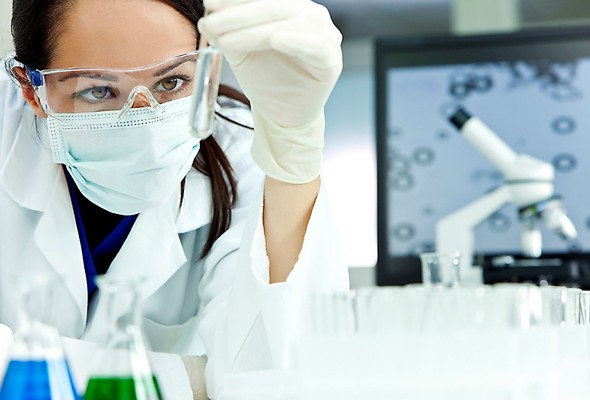Fertility Information

Assisted Reproduction
If I am unable to get pregnant on my own, what kinds of fertility medications might help me become more fertile?
Click on the link below for information on commonly prescribed fertility medication:
I have a low sperm count. What are my treatment options?
Depending on the age of your female partner, and certainly if you have been diagnosed with azoospermia, you may want to seek specialized assessment and treatment at a fertility clinic.The treatments for male factor fertility problems, from least to most invasive include:
· Superovulation and intrauterine insemination (IUI). For this treatment, your partner takes medication to stimulate and enhance the development of her eggs, and then your sperm, having been prepared in the laboratory, is inserted directly into her uterus using a small catheter.
· In vitro fertilization (IVF) where your partner’s eggs are fertilized with your sperm in a laboratory, and one or two the resulting embryos are transferred to your partner’s uterus.
· Intracytoplasmic sperm injection (ICSI) may be used as an adjunct to IVF, if there are significant problems with count, shape/quality (morphology) or movement (motility) of your sperm. With ICSI the laboratory specialists are able to take a single sperm and inject it directly into each of the eggs that have been retrieved from your partner’s ovaries – to facilitate fertilization.
Donor Sperm
If none of these options results in a viable pregnancy, you and your partner may consider using donor sperm. Donor sperm can be purchased through a fertility clinic from an anonymous donor selected through a sperm bank. Anonymous donors undergo medical screening and provide a fairly detailed social and health history. Some also provide pictures. There are two types of anonymous donors: a) anonymous and b) open ID donors. Open ID donors differ from completely anonymous donors in that they agree to have their identifying and medical details released to the potential child after the age of 18, if the child decides that s/he wants or needs this information.
Some, but not all fertility clinics offer the option of using sperm from a donor who is known to you (e.g., a friend or family member who has agreed to donate his sperm). In Canada, the sperm from a known donor must go through a six-month quarantine and screening process to ensure that there is no transmission risk of HIV infection. Consequently, there is a significant waiting period involved with this option. Click here to read our question on known sperm donation.
My doctor is recommending IVF. Where can I learn more about the procedure, and the risks and possible side effects of the medications?
There are generally four steps to an IVF cycle:
Step One – Ovarian stimulation/ovulation induction: During the first stage, a woman takes fertility medications, known as gonadotrophins, to stimulate the development of multiple eggs in her ovaries. During this time, the woman is closely monitored through blood tests and ultrasounds, to determine when the eggs are mature enough to be retrieved.
Step Two – Egg retrieval: When it is determined that her eggs are ready, under light sedation, the mature eggs are retrieved from the woman’s ovaries – being aspirated through a needle that is injected through the wall of her vagina.
Step Three – Fertilization: The harvested eggs are taken to the lab where they are fertilized with her partner’s sperm.
Step Four – Embryo transfer: 3 to 5 days later, one or more of the resulting embryos are transferred into the women’s uterus. Any remaining embryos are usually cryopreserved (frozen) for future use.
In terms of possible side effects, some women find that the IVF medications cause headaches, hot flashes, bloating, mood swings, insomnia, and short-term memory loss. The repeated injections can also become uncomfortable.
The most serious risk in any IVF cycle is ovarian hyperstimulation syndrome (OHS) due to the overstimulation of eggs in the ovaries. Although relatively rare, OHS is a painful condition that often requires immediate hospitalization and if untreated, can be fatal. There is a higher risk of multiple births with IVF – depending on the number of embryos that are transferred. Also, research has shown that babies conceived through IVF may have a slightly greater risk of birth defects and developmental difficulties. Finally, the long-term effects of IVF treatment on a woman’s health and later fertility remain to be determined. The risks are likely to increase with repeated IVF cycles.
The success rates of IVF depend on a number of different factors, in particular, egg and sperm quality. It is not uncommon for patients to undergo 2 or more cycles of IVF before achieving a successful pregnancy and live birth.